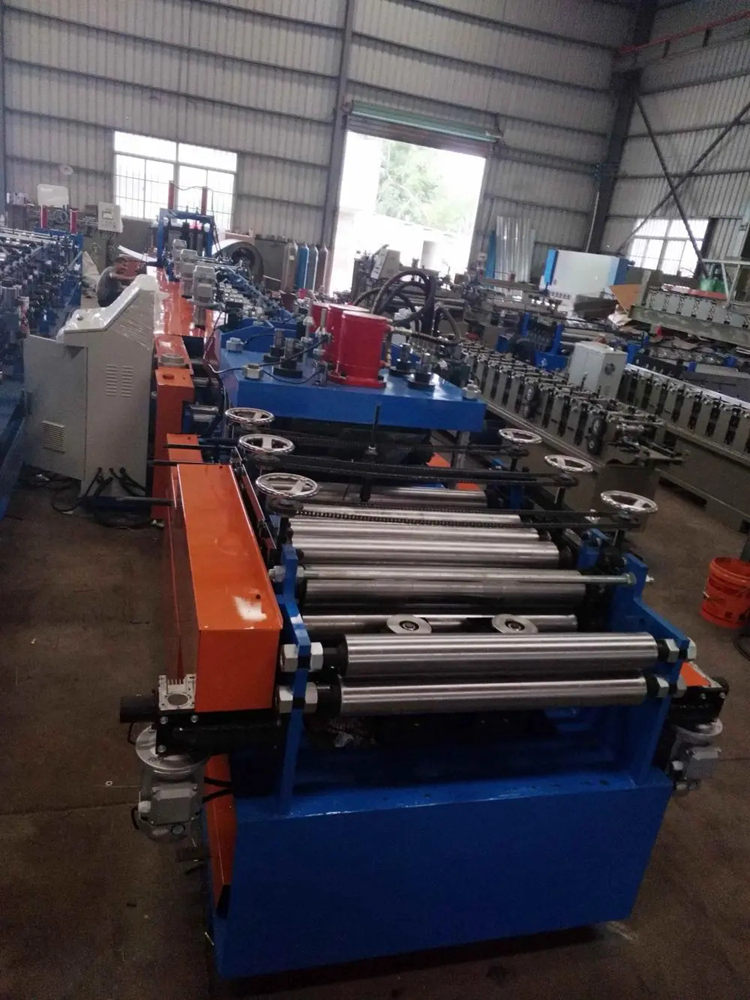
The Importance of Galvanized Cable Tray Making Machines
In today's rapidly evolving industrial landscape, the need for effective cable management solutions has never been more critical. As industries expand and technology advances, reliable cable management systems are essential for maintaining safety and efficiency in electrical installations. One solution that has gained significant traction in recent years is the use of galvanized cable tray making machines. These machines play a pivotal role in the production of durable cable trays that support and protect electrical cables in various environments.
What Are Galvanized Cable Trays?
Galvanized cable trays are structures used to support insulated electrical cables in commercial and industrial settings. Galvanization is a process that involves coating steel or iron with a layer of zinc to prevent corrosion. This protective layer enhances the lifespan of the cable trays, making them suitable for use in harsh environments where moisture and other corrosive elements are present.
Galvanized trays come in various designs, including ladder, tray, and solid bottom types, each serving specific purposes based on the application. They are vital in sectors such as construction, telecommunications, and power distribution, where organized cable management can significantly affect operational efficiency and safety.
The Role of Cable Tray Making Machines
Cable tray making machines automate the manufacturing process of these essential components, ensuring consistency, quality, and efficiency. These machines are designed to create cable trays of varying sizes, shapes, and specifications, tailored to meet the diverse needs of various industries.
The primary components of a galvanized cable tray making machine include
1. Cutting Mechanism This part cuts sheets of galvanised steel into the desired lengths, ensuring precision for the subsequent forming processes. 2. Forming Station Here, the cut sheets are bent and shaped into the tray's profile. Advanced machines utilize CNC (Computer Numerical Control) technology for enhanced accuracy in forming.

3. Welding Station This segment of the machine welds the edges and joints of the trays, ensuring that they are robust and can withstand substantial loads.
4. Finishing Section After welding, trays undergo a finishing process to remove any sharp edges and prepare them for distribution. This can also involve additional protective coatings as required.
Benefits of Automated Manufacturing
The adoption of galvanized cable tray making machines brings substantial benefits to manufacturers. Firstly, automation significantly reduces labor costs and minimizes human error during production. Operators can manage multiple machines while ensuring high-speed output and maintaining quality control.
Secondly, these machines improve scalability. With the ability to quickly adjust settings and switch between tray styles, manufacturers can meet varying market demands without significant downtime.
Lastly, using high-quality galvanized materials ensures that the produced cable trays meet industry standards for durability and reliability. This is particularly crucial in environments where safety and compliance with regulations are paramount.
Conclusion
As industries lean towards more efficient and reliable electrical infrastructure, the importance of galvanized cable tray making machines cannot be overstated. These machines symbolize innovation in manufacturing, enabling the production of high-quality cable trays that support the ever-increasing demand for effective cable management systems. Investing in advanced cable tray making technology not only enhances operational efficiency but also contributes to the overall safety and reliability of electrical installations. As the market continues to grow, the role of these machines will undoubtedly become even more significant in shaping the future of industrial electrical solutions.